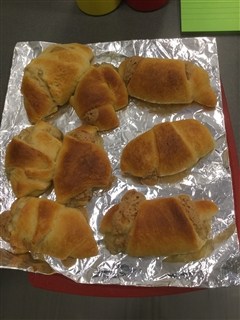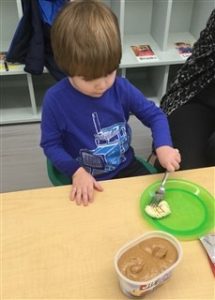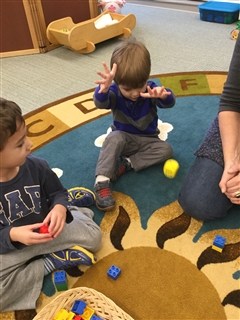A five-step recipe for dying pasta in every color of the rainbow for craft projects, jewelry, and more.
Ingredients and Supplies
- Uncooked pasta or rice
- Food coloring or icing gels
- Vinegar
- Plastic containers with lids or Zip-loc bags
- Newspaper or paper plates
- Cookie sheet
Instructions
- Place the pasta or rice in container or Ziploc bag (up to two cups).
- In a small bowl, mix together 1 tsp of vinegar with a generous dab of icing gel or 1/2 of a small bottle of food coloring.
- Pour the vinegar/icing gel mix over the pasta or rice and seal the container.
- Shake vigorously, until the pasta is well coated. (Hint: purple pasta must always be done twice.)
- Pour the pasta out in a single layer onto a cookie sheet covered with newspaper or paper plates and let dry.


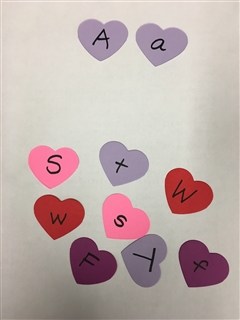
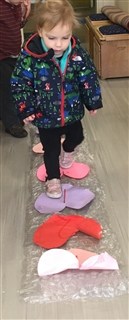
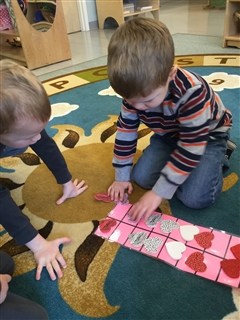
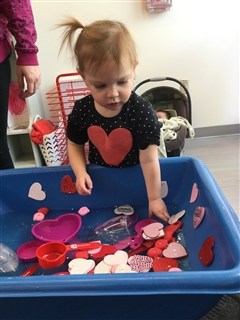
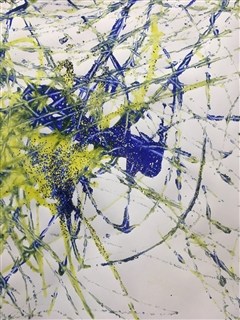
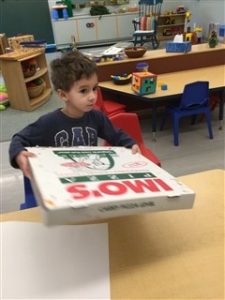 Pour paint into the bowls. Place 1-2 marbles in each color paint. Lay a piece of construction paper on the bottom of the box. Using a spoon, drop 1-2 marbles from one of the colors of paint into the box and close the lid. Invite your child to shake the box vigorously. Open the box and place the marbles back in the paint. Next, drop 1-2 marbles from the yellow paint into the box and shake. What happens when the yellow and blue paints mix? Continue the process until your child is satisfied with the painting.
Pour paint into the bowls. Place 1-2 marbles in each color paint. Lay a piece of construction paper on the bottom of the box. Using a spoon, drop 1-2 marbles from one of the colors of paint into the box and close the lid. Invite your child to shake the box vigorously. Open the box and place the marbles back in the paint. Next, drop 1-2 marbles from the yellow paint into the box and shake. What happens when the yellow and blue paints mix? Continue the process until your child is satisfied with the painting. 